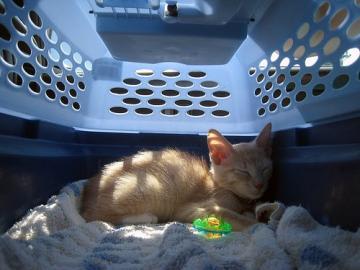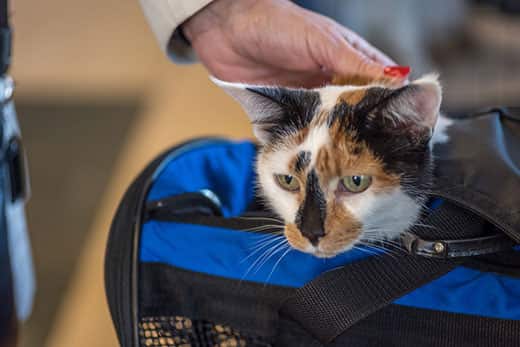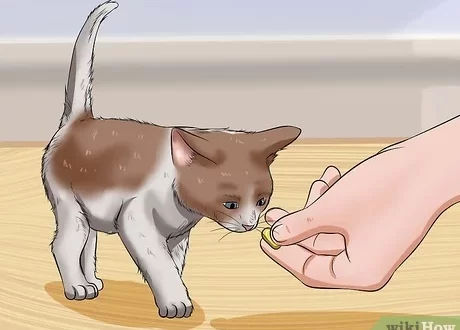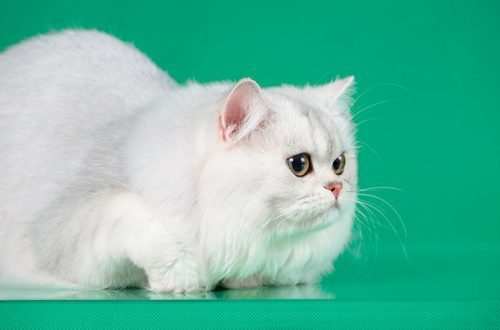
How to choose the right cat carrier
With today’s variety of options, choosing the most convenient carrier for your furry pet can seem like a very difficult task. Will it be soft or hard? Top door or front door? And which type is best for naughty cats?
This guide will help you sort out the abundance of options available and choose the best carrier for your pet.
Contents
Why you need a cat carrier
A cat carrier should be at the top of any list of essentials for traveling with a cat. Even if you just need to drive your pet a couple of blocks in a car or take him to a veterinary clinic for a check-up, it is important for your cat’s physical safety and emotional well-being to put him in a carrier. Do not use makeshift carriers, such as a laundry basket, large bag or pillowcase, emphasizes CatHealth.com. The cat “may get lost or interfere with movement.”
High-quality carrying will protect the animal from injury while traveling in a car. Carriers also provide cats with a comfortable and safe space to deal with travel anxiety.
What to look for when choosing a carrier
When comparing different pet accessories, the following aspects should be considered:
Cost
Today you can find cat carriers for any budget – from genuine leather products costing more than 200 rubles to modest options for 000 rubles. There is no need to buy a very expensive model, but it is also not worth saving too much, risking putting your pet in a poorly made carrier.
Size
When choosing the optimal size of the carrier, it is necessary to build on the size of the cat itself. If the carrier is too large, the pet will hang around in it, feeling insecure and experiencing unnecessary stress. As Cat Behavior Associates explains, the compact carrying space gives the animal a greater sense of security. However, you need to make sure that the carrier is large enough for the cat to turn around and lie down in it.
Doors
You also need to compare the doors of the carriers. The easiest to use carriers have two openings – one on the top and one on the front. Most plastic carriers open in the middle, so you can easily lift the lid up and out of the way. This is convenient because the owner does not have to persuade the pet to get out of the carrier and she can safely remain in her cozy place.
It is better to avoid carriers with zippers and Velcro, as the cat can break them if she really wants to. It is better to take a model with a front door that is locked with a latch: even the smartest pet is unlikely to be able to open it.
Care
Since the carrier will have to be cleaned regularly – before use and immediately after, it is better to choose one that is easy to care for. Most carriers can be easily vacuumed or washed with warm water and mild dishwashing detergent. Some carriers come with a lining that can be removed and machine washed using a pet-safe detergent.
Types of carriers for cats
The main models, as well as their advantages and disadvantages:
Cardboard carriers
Shelters give these carriers to newly minted cat owners during the adoption process. They cannot be used as a permanent carrier because they are not intended for long-term use. The cardboard wears out and tears, and the cat will gnaw it and the walls will lose their rigidity. However, this carrier can be saved for use at home as a fun shelter for the cat.
 Soft carrying
Soft carrying
Soft shell carriers are made from durable yet flexible materials such as polyester, nylon and microfiber. They are lightweight and their material provides flexibility. This facilitates safe placement in tight spaces, such as under an airplane seat. This quality is also useful when storing the carrier between uses. Although soft carriers are strong enough, a pet can easily damage the material with claws and teeth. At the same time, they provide less protection for the animal compared to hard options.
Rigid carriers
Rigid cat carriers, which are more durable than other types, have been popular for many years. The solid frame creates a safe space where the cat can rest safely while traveling. Rigid carriers are usually sold without soft padding, but you can put a towel, a small blanket, or even a small bed inside to make your pet more comfortable. It is important to make sure that with the bedding in the carrier, the cat has enough space for comfortable movement. The main disadvantage of hard-shell carriers is their bulkiness, which makes it difficult to store them between uses.
Carrying on wheels
The biggest advantage of carrying on wheels is its maneuverability. This is a great option for those who can’t lift or carry heavy weights. But it should be remembered that carrying on wheels must be used with extreme caution. Carry it should be very careful: it should be treated like a fragile gift, and not like luggage. If the cat sitting inside is frightened, the slightest movement may seem like a real slalom to her.
Strollers and backpacks for cats
You can transport your pet in a special stroller or carry it in a backpack for cats. It is important to remember that as stylish as these carriers are, they can create more stress for the animal than other types. A stroller does not provide the cat with the same protection as a more durable carrier, and in a backpack, the cat can be very uncomfortable and uncomfortable.
If the owner plans to carry the cat in the car, you need to look for a special carrier that can be fastened to the car seat with a seat belt. This design protects the accessory from unintentional movement in the cabin and helps prevent injury in the event of a sudden stop.
The best carrier for recalcitrant cats
Putting a cat in a carrier can be very difficult. And if she has a quick temper, then the task can become even more complicated.
If the cat does not want to sit in the carrier, you need to carefully wrap it in a towel and place it inside. You can also put a towel in the carrier and cover it with another one on top to make the cat more comfortable. If the pet does not want to leave the carrier, you can use the same method, but as carefully as possible.
The American Cat Association says that the best option for a recalcitrant cat is a hard shell carrier. It will be easy to remove and replace the cover, while the front door on the latch will provide reliable protection for the furry stubborn.
Regardless of which carrier the owner chooses, you need to include contact information on it and include a photo of the cat. This can be critical if the pet gets lost. The main thing is to choose a carrier that will provide your furry friend with maximum safety and comfort during the trip.



 Soft carrying
Soft carrying

